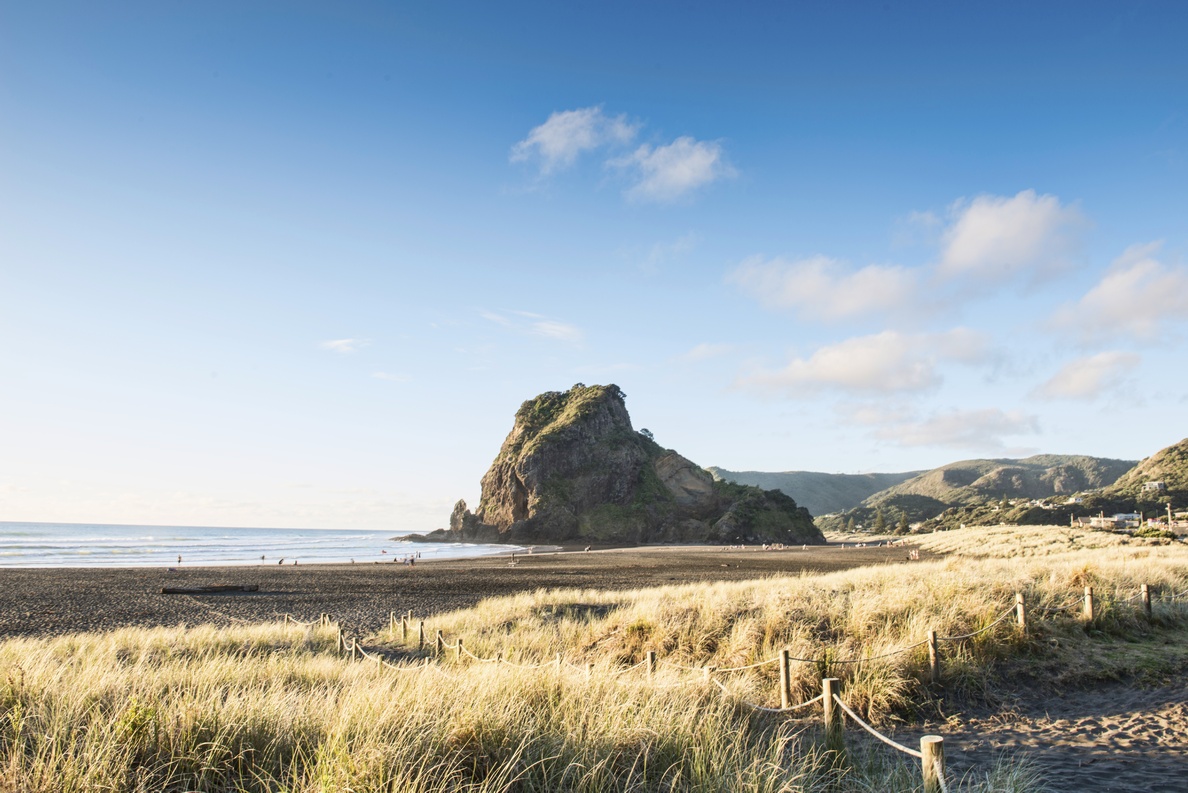River water quality in Tāmaki Makaurau / Auckland 2019 annual reporting
Author:
Rhian Ingley, Jane GroomSource:
Auckland Council Research and Evaluation Unit, RIMUPublication date:
2021Topics:
EnvironmentExecutive summary
Freshwater environments, including our flowing rivers and streams, wetlands and lakes, are valued by the people of Tāmaki Makaurau / Auckland. We monitor the state of rivers and streams in the region to provide evidence for the integrated environmental management outcomes that Auckland Council is responsible for, as required under section 35 of the Resource Management Act 1991 (as amended).
River water quality is monitored monthly at 36 streams across the Auckland region using a range of physical, chemical, and microbiological variables or attributes, that can be affected by land use activities, point and diffuse source discharges, and land and instream erosion.
Auckland Council’s river water quality index is used to summarise a selection of parameters into five classes (ranging from ‘poor’ to ‘excellent’) based on regional guideline values that are representative of water quality in native forested catchments in the Auckland region. In general, poorer water quality was observed at sites within catchments dominated by urban land cover and, to a lesser extent, rural and lifestyle catchments. Rivers in urban catchments tend to have poor water quality and are affected by the full spectrum of contaminants, while rivers in rural areas were most commonly affected by elevated nitrogen, water temperature, and turbidity. As expected, rivers fed by catchments with a high proportion of native forest cover generally have good water quality.
The current state of river water quality was assessed in relation to the national objectives framework compulsory attributes under the National Policy Statement for Freshwater Management (NPS-FM) 2020 which came into effect on 3 of September 2020, and proposed regional objectives for metal toxicity.
At high concentrations, nitrate and ammonia can be toxic to aquatic fauna. For most of the region, little or no toxicity risk is expected, even for the most sensitive instream species. However, rural streams within the Franklin area failed the national bottom line for nitrate toxicity, and several urban streams failed the national bottom line for ammonia toxicity. Urban streams were also at risk of toxicity effects from zinc contamination. Over a third of our monitored streams were found to have visual clarity levels (measured as turbidity) where moderate to high impacts may be expected for instream fauna, particularly sensitive fish species. Only one stream failed the national bottom line for water clarity.
Faecal contamination of rivers, as indicated by Escherichia coli, is a widespread issue across Auckland. The majority of rural and urban monitored river sites were in the E band, or poorest condition under NPS-FM 2020 criteria for E. coli. While this has implications for human contact with rivers and streams, this assessment is not in relation to identified primary contact sites or the bathing season.
Auckland Council technical report, TR2021/11
Published February 2021.
See also
Auckland Council's State of the environment report 2020
The health of Tāmaki Makaurau / Auckland’s natural environment in 2020
Datasheets
